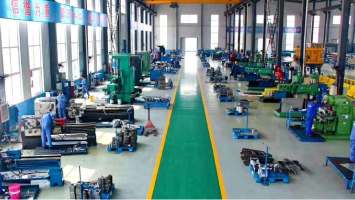Innovative Techniques in Roller Coaster Design for Thrilling Experiences
The Art and Science of Roller Coaster Design
Roller coasters are engineering marvels that combine art, science, and adrenaline-inducing fun. The design process behind these exhilarating rides involves meticulous planning, creativity, and a deep understanding of physics. From the initial concept to the final ride, each phase of roller coaster development plays a crucial role in delivering the ultimate thrill experience.
The Art and Science of Roller Coaster Design
Once the theme is established, designers transition to the technical aspects. The first step is creating a layout, which involves sketching the ride’s path, including heights, drops, turns, and inversions. Engineers must consider the thrill factor, ensuring that every twist and turn provides an adrenaline rush while maintaining safety. This stage is where the science of roller coaster design shines, as physics plays a pivotal role in determining the ride's dynamics. Key principles, including gravity, acceleration, and centripetal force, are carefully calculated to ensure enjoyable and safe experiences.
roller coasters design

Computer-aided design (CAD) software is commonly used in this phase, allowing designers to simulate the ride's movements. These simulations help predict the experiences riders will have, enabling adjustments before any physical construction begins. The use of technology ensures that potential issues are identified early on, minimizing the risk of costly mistakes during construction.
Once the design is finalized, engineers move on to the selection of materials. Steel coasters, known for their smoothness and ability to execute complex designs, differ from wooden coasters, which provide a classic, rougher experience. Each material choice impacts not only the ride's durability and maintenance but also its overall aesthetic appeal.
Construction begins, and this phase requires collaboration among several professionals, including structural engineers, architects, and safety inspectors. Safety is paramount, and multiple tests are conducted to assess the ride’s integrity and rider safety measures. This includes testing with dummies and ride simulations to ensure that every component can withstand the forces experienced during operation.
Finally, once the ride is up and running, the excitement builds as park-goers line up to experience the design firsthand. The thrill of a well-executed roller coaster hinges on its design, as each element—whether a heart-pounding drop or a dizzying loop—contributes to an unforgettable adventure. As technology advances and creativity flourishes, the future of roller coaster design promises even more exciting innovations, ensuring that the quest for thrills continues to captivate riders around the world.
-
Top Amusement Equipment Manufacturer Rock n Roller Coaster & Carousel ManufacturerJun.10,2025
-
World's Scariest Roller Coaster Experience Ultimate Thrill & HeightJun.10,2025
-
Ultimate Thrill Ride Roller Coaster High-Speed, Safe AdventureMay.30,2025
-
Carousel Mansfield Rides Premium Indoor & Event SolutionsMay.30,2025
-
T3 Roller Coaster High-Thrill, Safe Ride for Theme Parks & ResortsMay.30,2025
-
Roller Coaster Cart Design Custom-Built & High-Safety Thrill Ride VehiclesMay.30,2025
